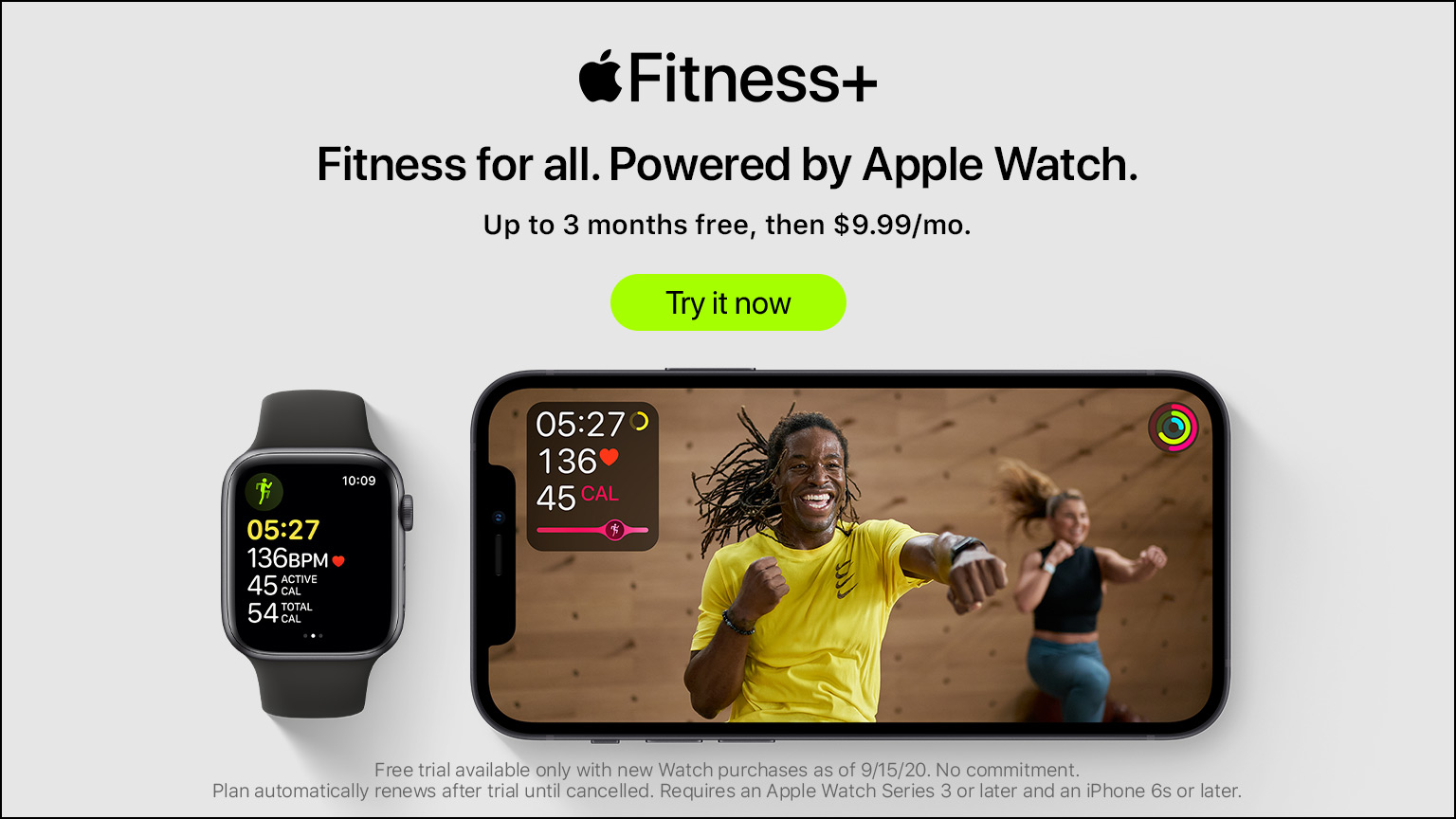
“If you think a minute is short, you’ve never done a plank before.” This is a quote made famous by the seemingly uncomplicated yet sometimes brutal exercise.
Planks — love ‘em or hate ‘em, you can’t argue about their superiority when it comes to bodyweight conditioning. A plank is one of the most straightforward and effective exercises out there, and what makes it even better is that it can be performed anywhere with no equipment, so say bye-bye to your excuses because you’ll be burning calories in no time with this how-to guide.

What is a plank?
A plank is a simple core movement that mainly involves holding your bodyweight parallel to the ground with your front facing down as you life your upper body with either your elbows or hands. It looks a lot like a push-up, but instead of moving up and down, you hold the position.
Sounds easy, right? Give it a try, and we’ll revisit your feelings at around the 30-second mark.
There are many variations to the plank that can increase endurance, stamina, and strength, but we’ll circle back to those later. First, let’s talk about the nuts and bolts of why you’d want to be stuck in a push-up position for an extended period to begin with.
Benefits of planking
The benefits of incorporating the plank into your workout routines are countless. Whether you’re an NFL star or a stay-at-home parent, a plank can become your best friend in no time.
Planks are used in almost every training discipline, from boxing and football to hockey and ballet. Due to the nature of the movement, it reigns supreme as a terrific way to improve strength because it works so many muscles at the same time.
The nature of the plank also makes it one of the few exercises that people of any age, fitness level, and size can do. Planks are versatile and therefore offer core strength-building options to anyone from your kid brother to your great-grandmother.
Even if your goal isn’t a six-pack, the plank is a wonderful way to strengthen your core, which is one of the most important collections of muscles in your body. It helps with balance, stabilization, and mobility.
Your core is involved in everything, from getting up from a chair to lifting heavy objects over your head. Your core consists of the muscles around the trunk of your body — your abdominals, obliques, diaphragm, pelvic floor, and hip flexors. Strengthening your core is a key factor in spinal health and alignment, and also plays a role in the strength of your back muscles.
Planks also help improve your posture, which can improve your overall health. Working on your posture means you will be less likely to succumb to other injuries caused by misalignment. Planks work on strengthening your back and your torso, both important aspects of a settled posture.
If you’ve ever suffered from back pain, you’ll know how debilitating it can be. Incorporating planks into your workout routine can help alleviate back pain by strengthening your core and back muscles, fixing your posture, and improving your spinal alignment.
How to plank perfectly
Ok, so you’re ready to try to plank, and you think it’s just a static push-up, right? Wrong. Planks might appear easy to do, but to do them correctly takes frequent assessment and minor adjustments.
Follow these steps to get this position down.
- (1) Place your hands on the ground directly under your shoulders or slightly wider. Make sure your shoulder blades don’t collapse down and out. Keep your upper body switched on.
- (2)Extend your legs out behind you (as if setting up for a push-up) and push your toes into the ground. Squeeze your legs and glute muscles. Your legs should be working in a plank. Take care not to lock or hyperextend your knees.
- (3)Don’t let your head droop. Look about a foot beyond your hands, making sure your head is in line with your back.
- (4)Push your hands into the ground and actively brace them. Hold this position for 20 seconds for starters, then rest. And yes, quivering is a good sign.
Plank variations
As you gain strength and confidence, you can try going for longer than 20 seconds at a time. You could also try adding a few variations that spice it up and test different aspects, like your endurance or flexibility.
- If you’re just starting out or have been injured, a knee plank might be a good place to start. Instead of stretching your legs straight out behind you, rest your knees on the ground on a rolled-up towel or a mat. This takes some of the strain off your lower back and helps you focus on form.
- A slightly more advanced plank is the elbow plank. Instead of placing your hands on the ground, position your elbows under your shoulders and place your forearms parallel to your body. Keep your elbows about shoulder-width apart. You can clasp your hands together or make fists.
- Another great variation is the side plank. This is great for working your obliques and testing your balance. To get into it, simply lie on your side with your legs stacked on top of each other. Then, prop yourself up using either your hand or an elbow to lift your hips off the floor. To advance this move, you can lift your top arm, leg, or both into the air.
With the great variations available, you are bound never to get bored of this movement, and your body will love you all the more for it.
Conclusion
Planks are strength and stamina builders and are a terrific way of taking care of your spinal health. Planks might seem like child’s play, but adding this to your daily routine could vastly improve your health and quality of life even outside of your regular exercise. Start by accumulating 60 seconds of planking in a day and watch your world shift.










